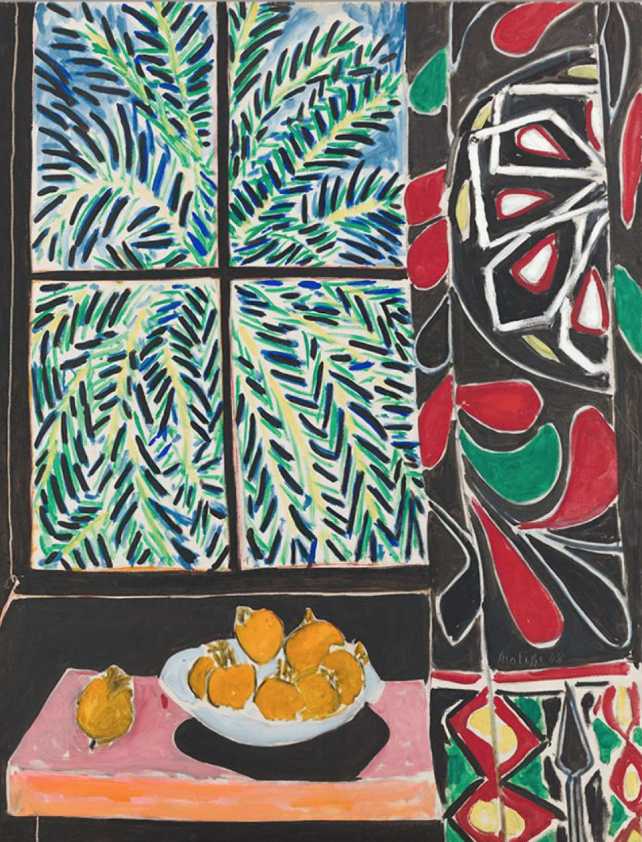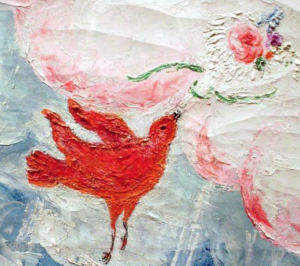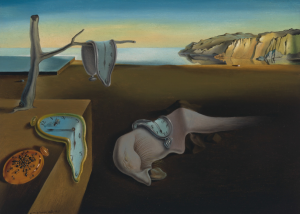Of Grace and Duty: Materialist Matisse
 Much has been made of Henri Matisse’s use of color, and much should be. Arguably the most adventurous colorist in the history of art, the artist’s palettes improved upon peak foliage, peak blooms, and the many feathers in a peacock’s plume. The painterly equivalent of a pregnant lady’s incongruous cravings, his hues forever altered Western civilization’s understanding of how color could explode upon a canvas. Along with the introduction of LSD, he and other Fauvists may have been centrally responsible for the rainbow splendor of the 1960s.
Much has been made of Henri Matisse’s use of color, and much should be. Arguably the most adventurous colorist in the history of art, the artist’s palettes improved upon peak foliage, peak blooms, and the many feathers in a peacock’s plume. The painterly equivalent of a pregnant lady’s incongruous cravings, his hues forever altered Western civilization’s understanding of how color could explode upon a canvas. Along with the introduction of LSD, he and other Fauvists may have been centrally responsible for the rainbow splendor of the 1960s.
But in “Matisse in the Studio” at Boston’s Museum of Fine Arts (it’s since moved on to London’s Royal Academy of Arts), the artist’s patterns are as important as his palettes. Spanning fifty years, the show is organized into five sections – “The Object Is an Actor,” “The Nude,” “The Face,” “Studio as Theatre,” and “Essential Forms” – and features his paintings, sculptures, drawings, prints, and cutouts as well as key possessions that inspired him. Not all of these objects of affection are high-falutin’; among them are a chocolate pot, a green glass vase, a short chair, a pewter jug, haitis (embroidered hanging cloths) from North Africa, and masks and figurines from sub-Saharan Africa. But he appreciated each enough to use in his work again and again. “He acquired things not because of their material worth, but because of how they spoke to him,” MFA co-curator Helen Burnham has said.
In his paintings, aglow with ochres and mauves and tomato reds, female subjects do not dominate so much as contribute shapes and shades to whole series of shapes and shades. In what has been called a “quantity-quality equation,” areas of color, each marked by a different pattern, are arranged across his canvases so that they are all accorded their own value. In Matisse the Master, Hilary Spurling quotes him as saying: “Peace and harmony is always my aim.” With everything as foreground and therefore background too, this aim is abundantly evident. Each of his canvases constitutes a flourishing democracy, if ever there’s been one. (America should take note.) Continue Reading →
Midsummer Songs, Midsummer Singers
There’s real hubris in sliding a snatch from my book next to a glorious Robert Frost poem. But in a climate in which September scalds, this is midsummer, and midsummer wreaks glorious madness. Especially when eclipses are afoot.
 From Robert Frost:
From Robert Frost:
There is a singer everyone has heard,
Loud, a mid-summer and a mid-wood bird,
Who makes the solid tree trunks sound again.
He says that leaves are old and that for flowers
Mid-summer is to spring as one to ten.
He says the early petal-fall is past
When pear and cherry bloom went down in showers
On sunny days a moment overcast;
And comes that other fall we name the fall.
He says the highway dust is over all.
The bird would cease and be as other birds
But that he knows in singing not to sing.
The question that he frames in all but words
Is what to make of a diminished thing.
From mid-book me:
I was a child with balled fists,
Who winked,
 Who loved her daddy,
Who loved her daddy,
Who knew to watch grown men’s hands.
I was a child who already was ancient,
Who longed to be young,
Who craved the biggest love,
Who despaired of being loved at all.
I was a child.
It’s hard to believe.
Paintings: Florine Stettheimer

